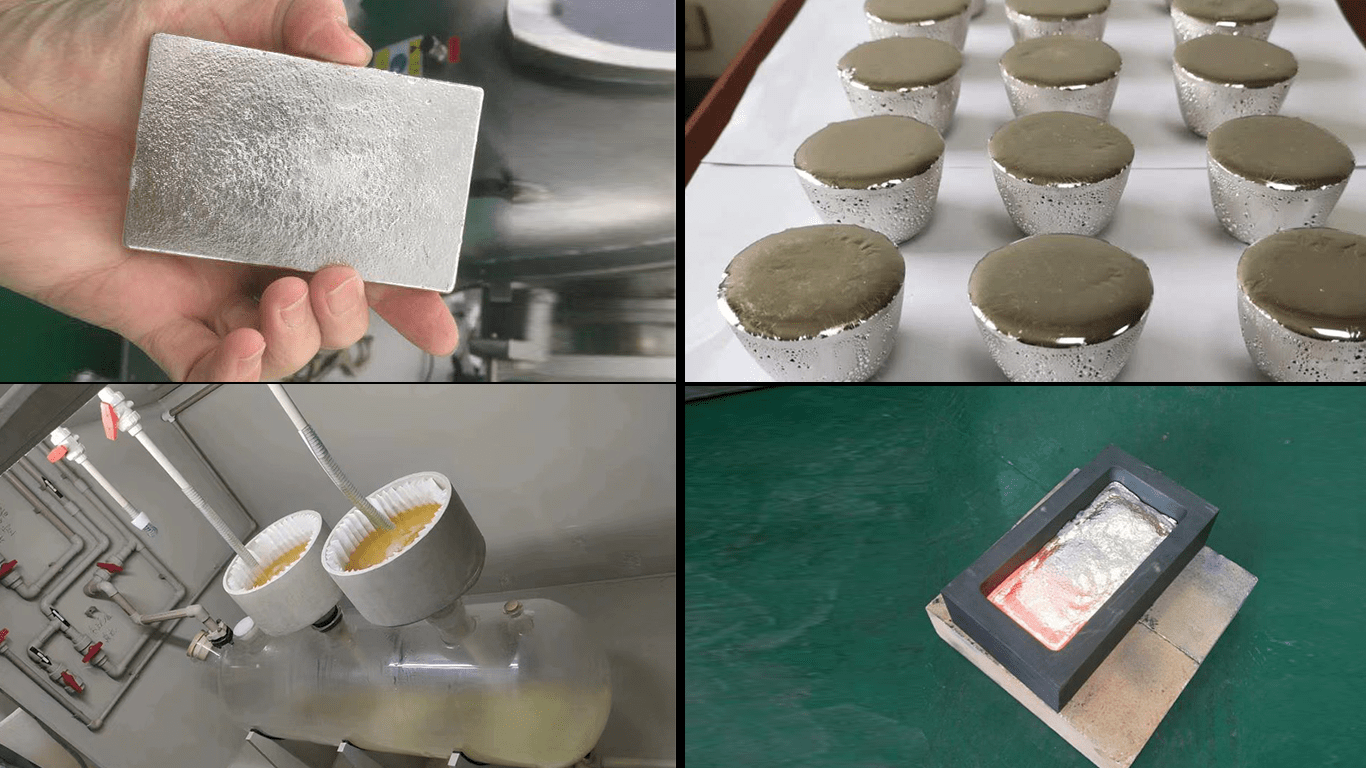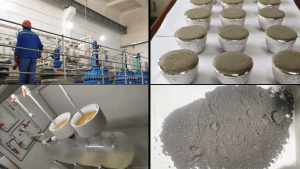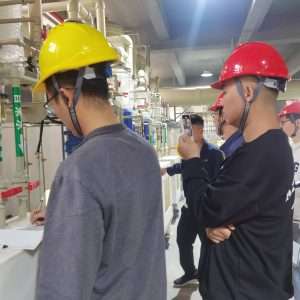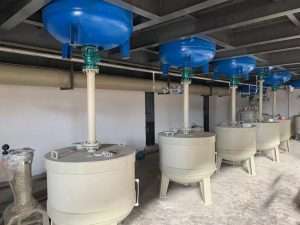Call us now:
Platinum Refining: From Leaching to Roasting
Platinum refining involves a series of steps to obtain high-purity platinum.
Here's a concise overview:
1.Leaching: Platinum and other metals are dissolved in a solution with strong oxidants
like aqua regia and NaClO3. Silver forms a precipitate while platinum dissolves. Reaction:
3Pt+2NaClO3+18HCl→3H2PtCl6+2NaCl+6H2O
2.Neutralization: Adjust the high-acidity leaching solution to pH 1 using NaOH and wash
the residue with hydrochloric acid.Platinum Refining: From Leaching to Roasting

3.Platinum Precipitation: Add ammonium chloride to the solution until no more yellow
precipitate forms. Then, cool, filter, and wash the residue with 10% ammonium chloride. Reaction:
H2PtCl6+2NH4Cl→(NH4)2PtCl6↓+2HCl
4.Roasting: Heat the filtered residue to decompose ammonium chloroplatinate into sponge
platinum. Repeat chlorination, neutralization, and roasting until pure platinum powder is obtained.
(NH4)2PtCl6→Heating3Pt+2NH4Cl+16HCl+2N2↑
Platinum refining is critical for various industrial applications, ensuring the metal's purity and quality.
Equipment needed for platinum refining: reactors and other anti-corrosion chemical equipment.
Platinum Refining: From Leaching to Roasting,learn more


